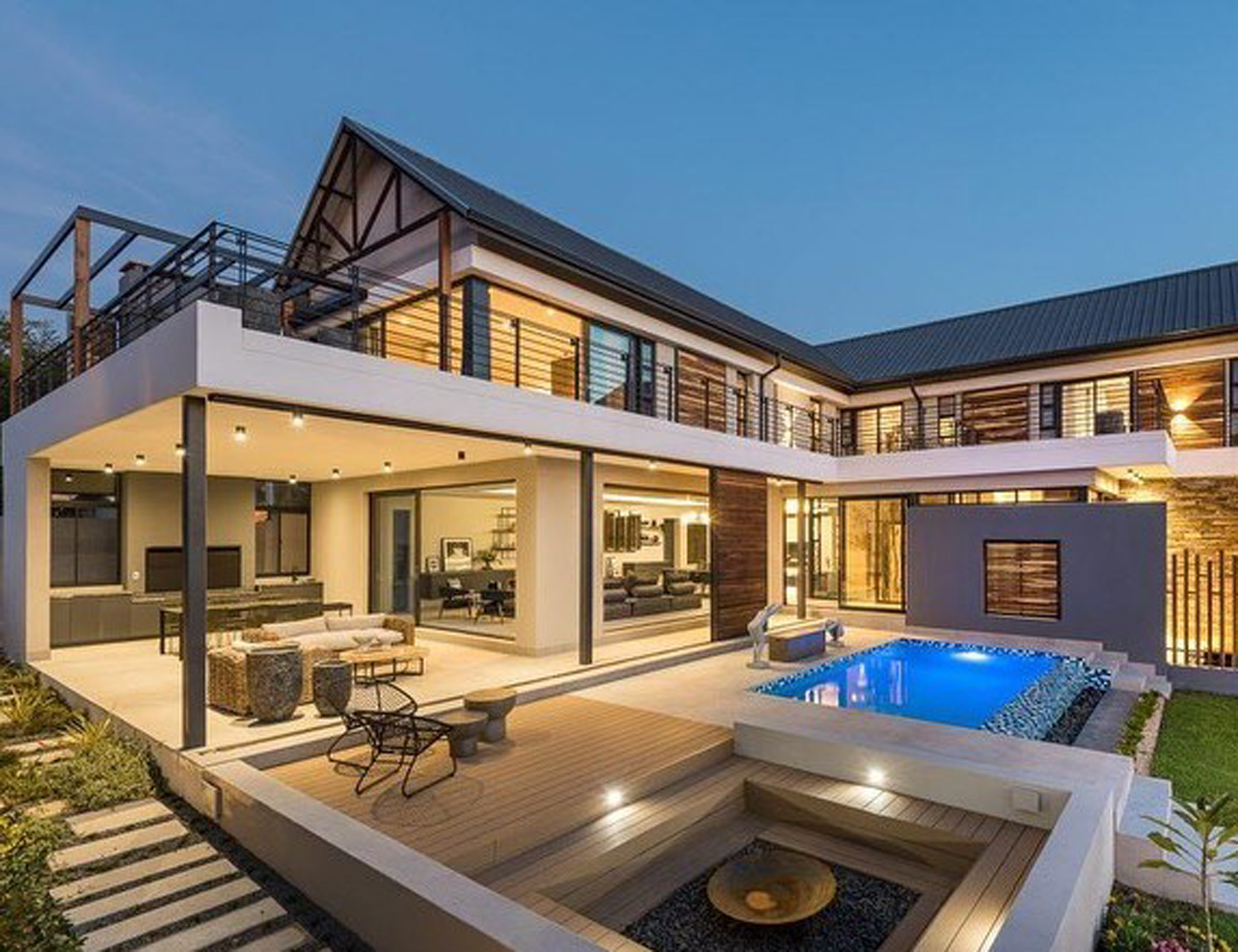
Wealth and status have long been a very effective buffer against many of life's trials and tribulations, but Covid-19 has been the great leveller with no-one being exempt from the subsequent restrictions and fundamental changes to what was considered 'normal life'.
So says Chris Cilliers, CEO and Co-Principal for Lew Geffen Sotheby's International Realty in the Winelands, adding that the pandemic has also precipitated a number of positive shifts, including greater appreciation for intangibles which were often taken for granted.
“Factors like health, family, security and space have become the new luxuries of our time and our homes have, by extension, become one of the most outward expressions of these esteemed values.
“And although money probably can't buy happiness, it can certainly buy the very best in comfort, practicality, functionality, convenience and style.”
Cilliers takes a look at the key trends that have emerged in the luxury sector as a direct result of the pandemic:
Big is back
After a long year of spending an inordinate amount of time at home, it's hardly a surprise that the 'less is more' trend of the last few years has been supplanted by 'bigger is better'.
In the recently released 2021 report published by the Coldwell Banker Global Luxury® programme, nearly 55% of the 40 Luxury Specialist respondents said that additional square meterage was the prime buyer priority that changed between 2019 and 2020.
Many listed mega-mansions, expansive homes with acreage, family compounds and even private islands as the ultimate social-distancing retreats.
Indoor-outdoor spaces
It's not just the outdoors itself which has become more important to affluent buyers, they are looking to optimise their outdoor spaces with dedicated areas for various functions such as working, entertaining and dining.
And they want these spaces to be an extension of their stylish interiors so that both areas merge seamlessly through the use of features like expansive glass and shutter doors with design, décor and furniture reflecting the same calibre as inside the house. Designers and architects are reporting that biophilic design, a method of connecting the interior of a home to nature, has become an increasingly common request since lockdown began, with people looking to replace solid walls with glass and sliding or louvre doors connect interior and outdoor spaces.
Multi-Generational Living
It used to be that multi-generational living was primarily for the purpose of saving money or getting a foot onto the property ladder, but lockdown and being unable to see loved ones for months on end has taught everyone, regardless of status, the value of quality family time.
There has therefore been an increase in demand for homes that are large enough for parents, grandparents and children to live in comfortably along with additional staff quarters and generous outdoor areas and gardens.
The Statement Office
With working from home being the new normal for many people, it's no longer practical to work at the kitchen counter or dining table and most of us have begun to remodel spare rooms into offices or create a dedicated work station in a less used space. However, for those who can afford it, a statement office has become a very sought-after interior design request and these fully-fledged home offices have all the bells and whistles, including tech capability, smart design and even libraries. In order to separate work and home life, the office space not only has to be fully functional and appealing, but also have a different feel, design and style to the rest of the house.
Conferencing rooms
Virtual meetings have not only eclipsed traditional meetings in the workplace, they have also been our lifeline to loved ones during the pandemic.
And, with this form of communication likely to remain prominent for the foreseeable future, many people are crafting aesthetically pleasing backgrounds - or Zoom stages - for these calls.
However, some are taking it a little further by creating conferencing rooms with a large screen, high tech audio-visual equipment and cinema-style seating so that multiple people can participate.
Key design elements include good lighting and a backdrop of well-hung works of art, objet d'art and greenery.
Writer : Tracy Bartlett